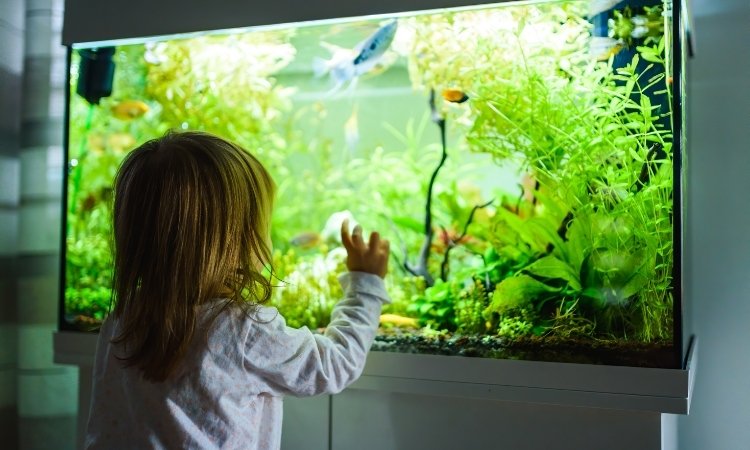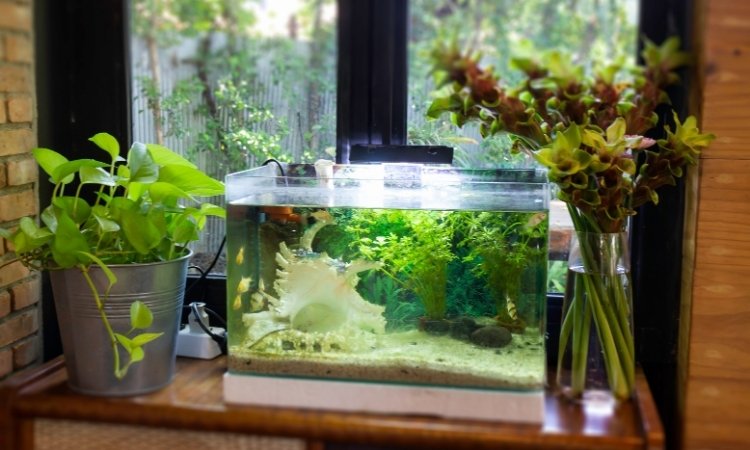It can be stressful to move a fish tank from one place to another in Singapore. Moving a fish tank requires careful planning and effort to ensure the safety of the tank and the fish. In Singapore, space is a concern, and humidity levels are high.
Therefore, it’s important to follow a planned moving process. This guide will help you build a moving plan for your fish tank.
Moving a Fish Tank in Singapore
Fish tanks, also known as aquariums, are delicate ecosystems for fish that require proper handling during any move. You might be moving from one place to another or need to adjust the tank within the house from one position to the other.
In either case, you need careful planning and appropriate tools to complete the moving process efficiently. In Singapore’s weather conditions, fish tank moving can be a challenging task.
Therefore, you may need to hire LS House Movers Singapore professionals for moving house, mattresses moving, pianos moving, and complete rooms moving services. Moreover, they provide a detailed guide for an efficient fish tank move. Let’s go through this guide.
How to Move a Fish Tank in Singapore?
Step 1: Plan Ahead
Before you begin the moving process, you need to plan well to move efficiently. You need to plan everything in advance and choose the exact location where you want the tank to be. Ensure it’s away from direct sunlight, air conditioning vents, or windows to avoid temperature fluctuations.
Temperature fluctuations and weather elements can harm the tank and the fish. Moreover, you need to ensure that the support system for the fish tank is already available.
Tools and Materials
You’ll also need equipment such as:
- Fish bags or containers for transporting your fish
- Buckets for water
- A siphon to drain the tank
- Soft cloth for the tank’s exterior
- Packing materials for the filtration system and decorations

Step 2: Prepare the Fish
The well-being of your fish is your top priority during the move. Before you begin, stop feeding your fish 24-48 hours before the move. This reduces waste and keeps the water cleaner during transport. If your fish tank is large or the move will take longer, this becomes even more important.
Afterward, prepare separate fish bags or containers for your fish. Use the tank water to fill these containers because the fish are already comfortable with the water’s pH and temperature. The containers should have enough water for the fish to swim comfortably but should not be overfilled to avoid spills.
Step 3: Drain the Water
When you safely transfer the fish to the bags, it’s time to drain the tank. It is recommended not to empty the tank because it harms the beneficial bacteria in the tank’s ecosystem.
Moreover, fish can experience stress if the water in a new place is entirely new to them. Therefore, keep a small volume of water for good purposes.
Step 4: Remove Decorations and Equipment
When the tank is empty, remove the decorations, plants, and equipment from it. Ensure that these items are packed safely during the move so that they can be used in the new place.
Moreover, it is essential to clean these items before you pack them. Label the packing materials to identify them easily in the later stage of readjustment.
Step 5: Move a Fish Tank
Once you’re all set, it’s time to pack the tank itself. Clean the exterior of the tank and wrap it in a thick blanket to prevent scratches. Handling the tank with extreme care is essential because it can be damaged during moving.
For large tanks, you may need a dolly to avoid damaging the tank and to prevent yourself from injuries. You can also hire professional movers to help you do this task.

Step 6: Set Up the Tank in the New Location
When you safely arrive at your new location, it’s time to set up the tank. Here are the steps to take:
- Place the tank on the estimated spot.
- Ensure it’s level and stable.
- Gradually add the saved tank water, then fill the rest with new water that should match the old water’s pH and temperature.
- Reinstall all the systems and ensure everything is working perfectly.
Step 7: Return the Fish to the Tank
After setting up the tank, let the water sit for a few hours. When you ensure that the water has stabilized, gently transfer your fish back into the tank. They will need some time to adjust, and during this time, you need to monitor them constantly.
Conclusion
It can be a complex task to move a fish tank in Singapore, but you can do it with the right preparation and care. All it needs is careful planning and execution of the moving process to protect the equipment and the fish during the moving process. The above instructions can help a lot in the moving process.



